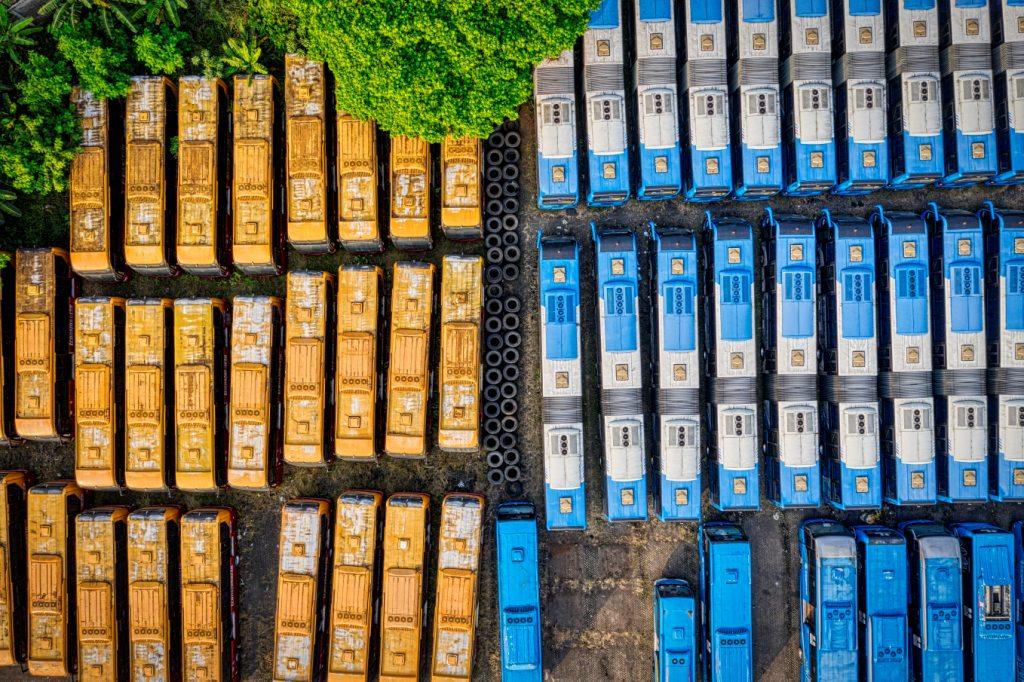
This blog was originally published by Cancer Council Australia.
Australia has some of the best cancer survival rates in the world, but unfortunately this success story masks some stark inequalities. For instance, Australia’s most disadvantaged populations are 37 per cent more likely to die of cancer than the richest.
Earlier this year the International Agency for Research on Cancer (IARC), the specialised cancer agency of the World Health Organisation (WHO), released a new report on ‘Reducing social inequalities in cancer: evidence and priorities for research’. There is a social inequality divide in cancer outcomes between high development index and low development index countries. We also see a similar divide within countries between those who are in lower socioeconomic groups versus higher socioeconomic groups.
Social inequalities range from how common cancer risks are, to access to pain and palliative care, to early detection and screening programs, to access to treatment, as all these factors compounds the inequalities between countries.
For example, in high-income countries paediatric cancer drugs are freely available, and survival rates are between 80-90 per cent. Whereas in Sub-Saharan Africa, whilst there is some access to these treatments, they are considerably more expensive, and survival rates are much poorer. That inequality is one of the most profound on the planet, especially for a low incidence cancer that would be affordable for Governments to fund.
There is a trend globally for cancer control plans to focus on treating cancer, rather than investing in risk factor reduction for potentially preventable cancers. On a global scale the single biggest factor that could globally reduce inequalities in cancer would be to get smoking prevalence down.
The reduction in smoking rates in high income countries is resulting in a fall in lung cancer rates and cardiovascular disease. However, in low income countries the increase in tobacco smoking rates will result in a future of increased chronic disease burden.
Countries like Australia have made huge strides in lowering tobacco smoking rates through our world-leading national anti-tobacco campaigns, plain packaging work, and tax excises. The impact these tobacco control measures could have globally would be revolutionary.
The next biggest impact on inequalities in cancer would be to improve data collection, especially measuring social inequalities. Many countries do not have systems in place to collect vital data that enables governments and public health organisations to understand those factors that contribute to poorer outcomes. Data that takes into account factors that mask inequalities, and consider key points such as income, occupation level, literacy and schooling level has the ability to lead to important changes.
As well as exploring the cancer burden in low-income countries, the IARC Report specifically highlights examples from our own backyard of where we need to do better.
In Australia, one in three cancers is preventable, yet we spend less than 2 per cent of our federal health expenditure on prevention. Much of the current and future burden on our health system is potentially preventable but requires investment in effective health promotion and prevention policies and interventions. Not only would this prevent cancer, it would have the ability to raise health literacy levels, supporting those who do go on to have a chronic disease, like cancer, to make the best decisions about their treatment.
We often hear about how Australia has a universal healthcare system which many assume means that access to great cancer outcomes is equal. However, we know those who have good outcomes navigate our health system differently to those who have poorer outcomes. We need a system that supports every person who accesses it, navigating them effectively to the best cancer diagnosis and treatment. From ensuring Australians do not face financial crisis by reducing treatment costs, to improving access to Centrelink and superannuation to reduce the burden of having cancer, a multifactorial response is needed to improve outcomes for all. No one should be forced to make a decision between the best treatment, and the treatment they can afford.
Australia’s Aboriginal and Torres Strait Islander people have a combined mortality rate for all cancers that is 30 per cent higher than that of non-Indigenous people and the most socio-economically disadvantaged members of our community are 37 per cent more likely to die from cancer than the least disadvantaged, including for some cancers with a lower incidence in those communities.
Disadvantaged populations are diagnosed with a different range of cancers due to higher prevalence of some cancer risk factors; seem less likely to participate in national cancer screening programs; and may not always receive optimal cancer treatment as a result of poorer health literacy, financial toxicity and later diagnosis. Early advice and support will help Australians avoid taking medical risks, entering into financial hardship, and ensure they get the best treatment.
As a society, Australia needs to recognise that social inequalities exist, impact on all health outcomes and that the inequality gap is widening. Whether it’s improving one person’s access to life-saving treatment, or reducing cancer burden on a global scale, this report highlights an important issue – globally, and at home, we need a plan to reduce cancer inequalities. A solution for our most vulnerable citizens will be a solution for all.
Director of McCabe Centre for Law and Cancer, Jonathan Liberman, contributed a chapter to IARC publication titled the ‘The role of law in reducing global cancer inequalities’, highlighting the vital role of law in cancer prevention and control.